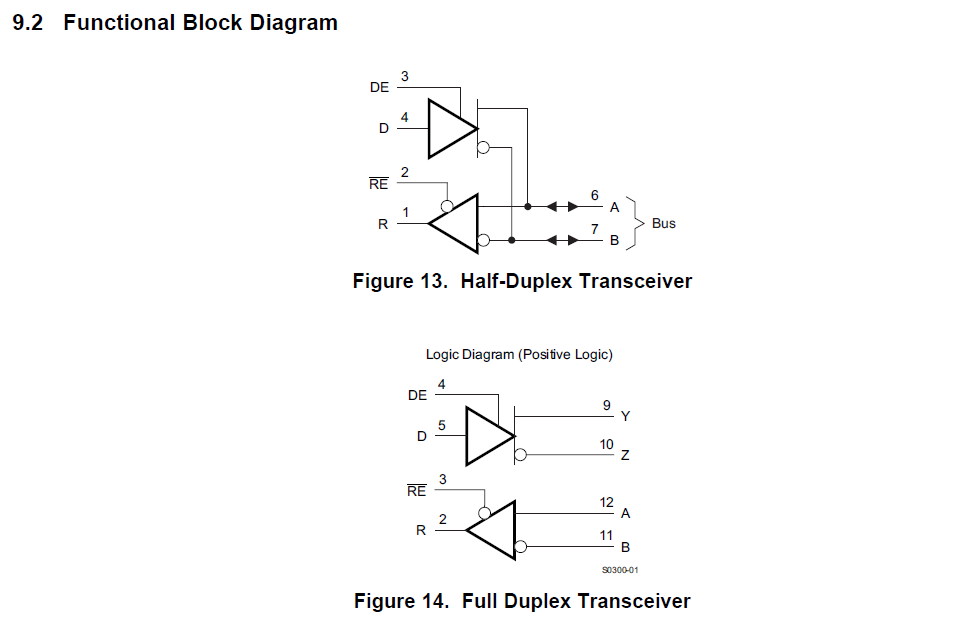Other Parts Discussed in Thread: SN65HVD1791, SN65HVD76
Hi team
Q1: Can SN55LBC180 be used for RS422 application?
Q2: How to verify if a RS485 transceiver can be compatible with RS422?
The attach is the screenshot for the SN65HVD1791 datasheet. My understanding is if the RS485 transceiver can support the full duplex
communication, it will be support the RS422. If the RS485 transceiver can support the half duplex communication,
it will be not support the RS422. Is my understanding correct?
Q3. 
From this document, it shows the max signal rate is 10Mbps in the table 4.
The max signal rate of SN65HVD76 is 50Mbps. If my above understanding is correct, SN65HVD76 will support RS422.
If SN65HVD76 is used for the RS422 application, then the max signal rate can only be reached to10Mbps, correct?
If SN65HVD76 is used for the RS485 application, then the max signal rate can be reached to 50Mbps, correct?
Best Wishes,
Mickey Zhang
Asia Customer Support Center
Texas Instruments


